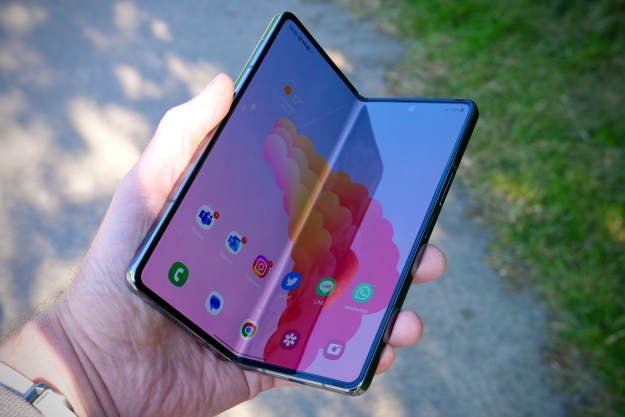
But CVS’ method, like that of Walmart Pay and Starbucks, is a mobile payment solution that uses a barcode. So unlike the top dogs — Apple Pay, Android Pay, and Samsung Pay — it’s not using near field communication or Magnetic Secure Transmission — you have to open the CVS Pharmacy app, add your credit card information, pull up your barcode at the register, and have the clerk scan your phone. You then choose one of the payment methods you have added and that’s it, your order has been processed and you’ll see confirmation in the app. If you’re at a CVS drive-thru, you only need to share a pickup number, and for prescriptions, you’ll need to verify your identity through the app before orders are processed.
If you’re a CVS ExtraCare customer, you can link your ExtraCare card to CVS Pay so that you only need to use your phone to access all ExtraCare deals and rewards, and handle payment.
The company says CVS Pay is currently available in New York, New Jersey, Pennsylvania, and Delaware, but the feature will see a nationwide rollout “later this year.” CVS Pay works with all major credit cards — including MasterCard, Visa, Discover, and American Express –debit cards, Health Savings Accounts, and Flexible Spending Account cards.
If you’re in one of the participating regions, CVS Pay is available to use via the CVS Pharmacy app on iOS and Android.
Editors' Recommendations
- What is Google Pay, and how do you use it?
- Contactless payments will roll out to more public transportation systems in 2020
- Line Pay’s global digital Visa card helps it take on Apple, Google, and Samsung


